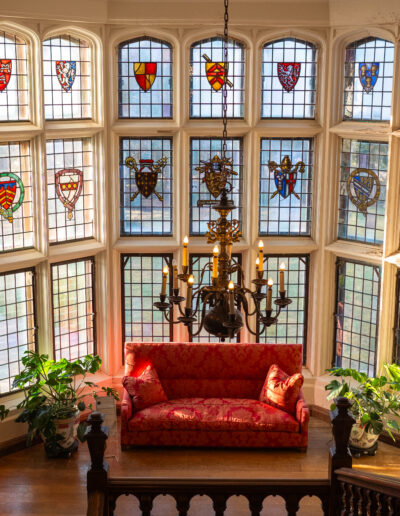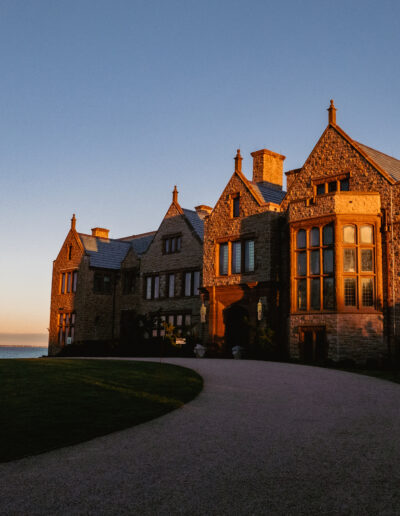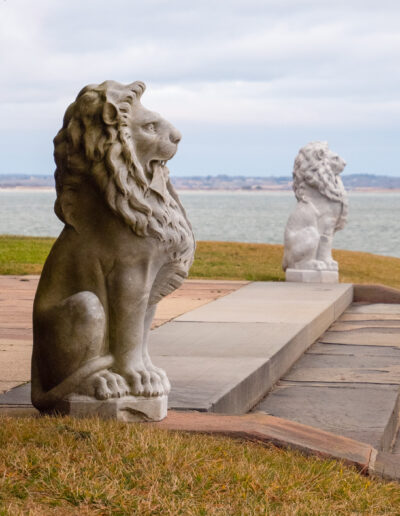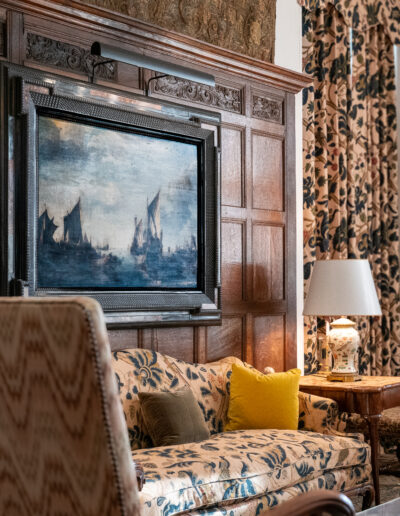Rough
Point
Doris Duke’s
Newport Home
Rough Point was the Newport home of heiress, collector, and philanthropist Doris Duke (1912-1993). Explore the house, the fine and decorative arts and fashion collections, and a historic, Olmsted-legacy landscape with panoramic views of the Atlantic Ocean.
Explore Rough Point
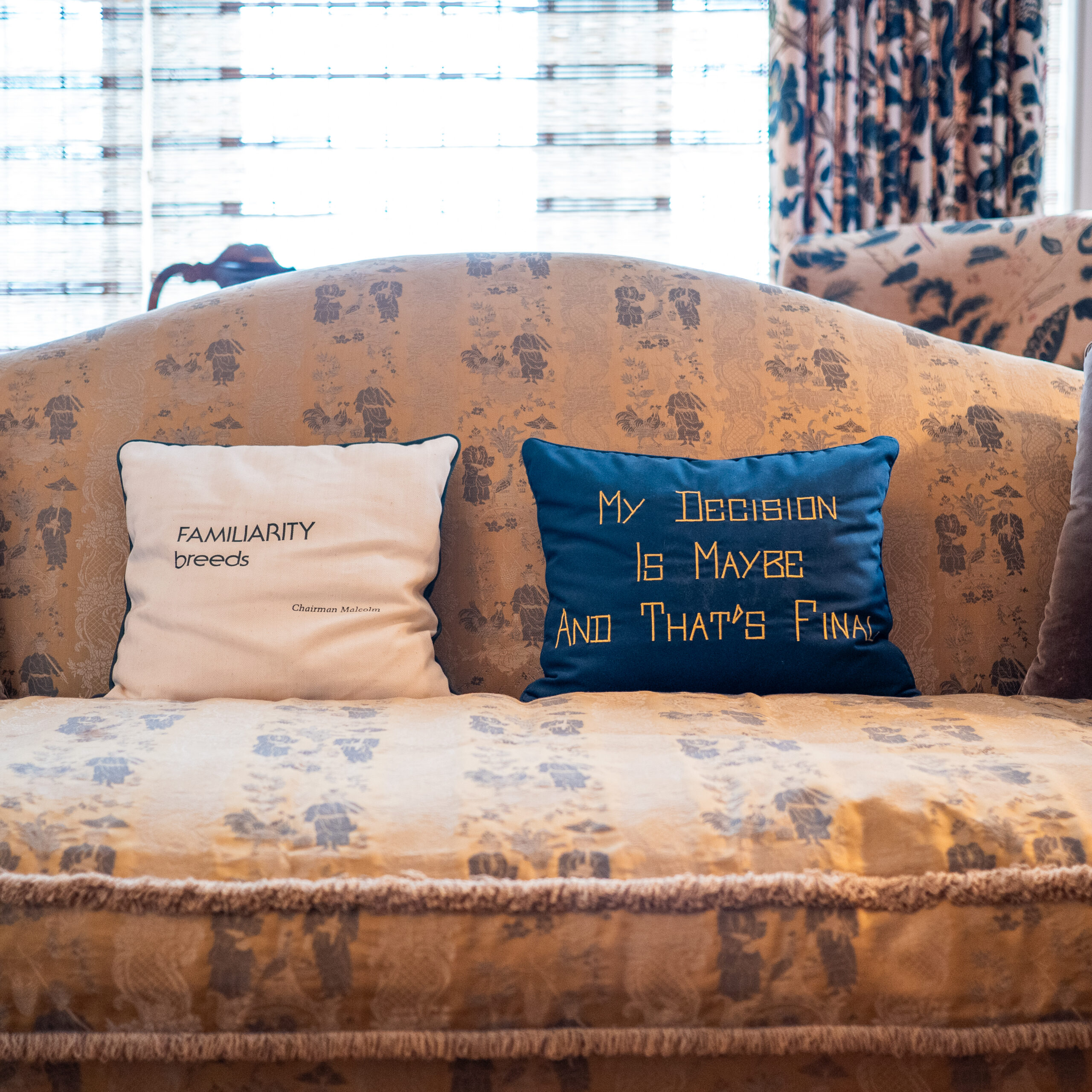
Experience the life and legacy of Doris Duke through expansive storytelling about the people connected to the house’s history, climate change resiliency and how it impacts the built environment, her collections of fine and decorative arts and fashion, and environmental sustainability on the extensive grounds and gardens of the estate.
Get behind the scenes-look at the house, have conversations with tour guides, discover more about the process of Newport craft and design, take a closer look at the details of works of art, play a record, touch a replica ball-and-claw foot, explore Doris Duke’s fashion collection, and enjoy spectacular ocean views.
Discover
the NRF App
Get your interactive mobile guide to NRF public sites.
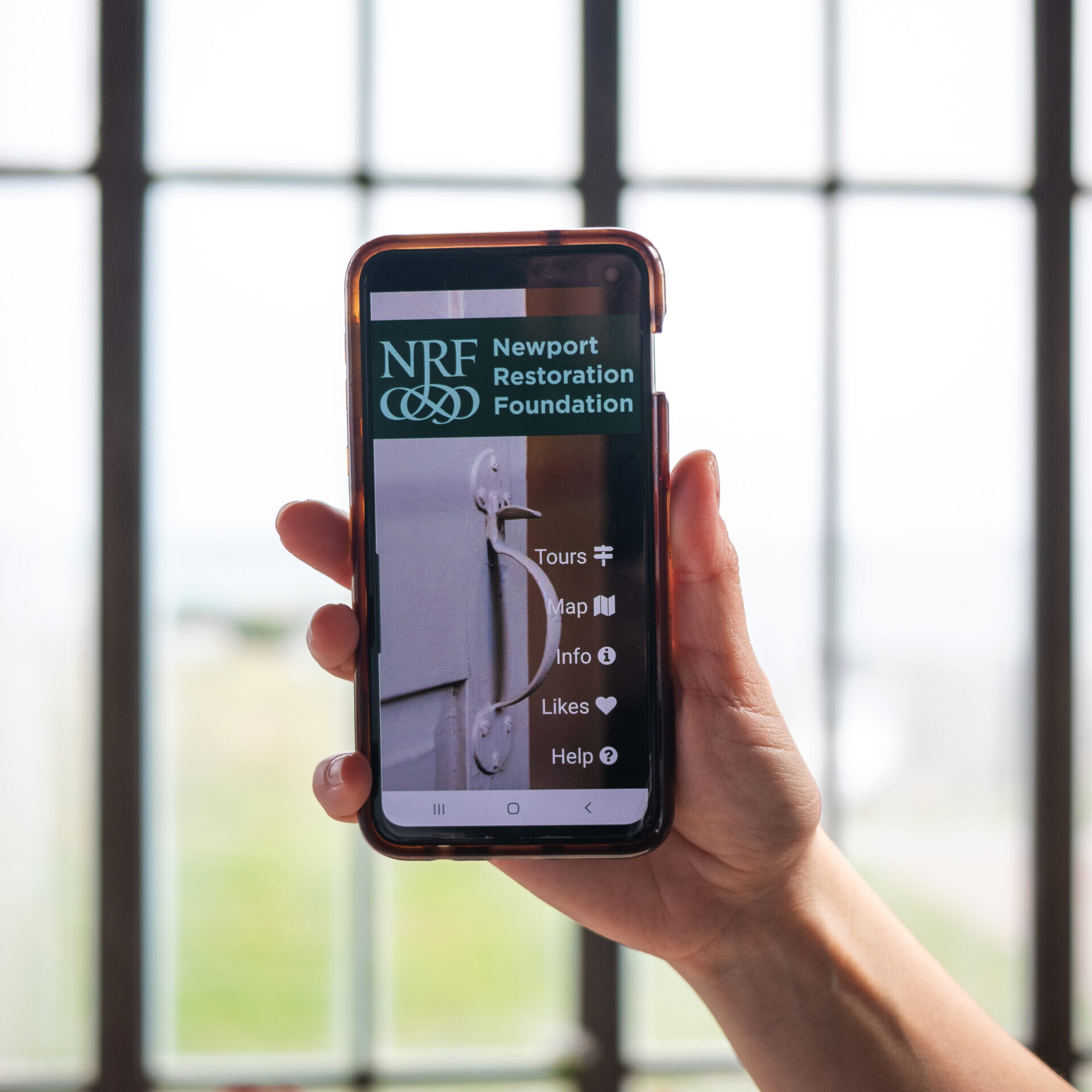
Exhibitions

Opening June 12th, 2025
Not just fashion history. Fashioning history.
Explore the stories of the innovative, bold, and inspiring women designers featured in the collection of Doris Duke.
Rough Point History
Rough Point has had a storied history. Here is a brief overview of owners, events, and changes from the late 19th-century to the present.
Another Vanderbilt Summer Cottage

___________________________
In 1887, ambitious businessman Frederick W. Vanderbilt (1856-1938) and his wife, philanthropist Louise (1854-1926) purchased two parcels of land to build a Newport “summer cottage.” While the house was still under construction in 1888, The Newport Mercury reported that it was the largest and most expensive residence in America. The Vanderbilts commissioned Boston firm Peabody & Stearns to design the house and landscape firm F.L. & J.C. Olmsted the grounds. Peabody & Stearns were among the most popular architects of the Gilded Age. In Newport they also designed Vinland, Rockhurst, and the original Breakers (which was destroyed by fire in 1892). Today, the Olmsted firm is best known for the landscape design of Central Park in New York City and the United States Capitol grounds in Washington, D.C.
Transitions

___________________________
William B. Leeds (1861-1908), industrialist and so-called “tin plate king,” and his wife, socialite Nancy Stewart (1878-1923), purchased Rough Point in 1906. Although they commissioned minor alterations to the façade of the house and redesigned the entrance drive, they ultimately left very little impact on the design of the architecture or the grounds. The Leeds family only spent a few summers in Newport before William passed away.
The Duke Family at Rough Point

___________________________
After summering in Newport for several seasons, tobacco magnate James Buchanan Duke (1856- 1925) and Nanaline Holt Inman (1871-1962) purchased Rough Point in 1922 and hired architect Horace Trumbauer (1868-1939) to renovate and enlarge the house as well as improve the landscape. Trumbauer was a natural choice for the renovation at Rough Point: his firm had already designed the Duke’s Fifth Avenue house in New York City and their Lynnewood estate in North Carolina. Trumbauer also had other major commissions in Newport, including The Elms (1899) and Miramar (1913). Nanaline Duke was eager to participate in Newport’s social season, and Trumbauer’s renovations to Rough Point included a new east wing for entertaining with a formal drawing room and a spacious ballroom. More frequent guests at Rough Point created a need for more household servants, and the servant living spaces were also expanded from 11 to 16 servant rooms.
In 1925, James passed away and left a fortune worth over $100 million. After his death, Nanaline and Doris continued to summer at Rough Point and entertain Newport society, including Doris’s 600-guest debutante party in 1930. Rough Point’s name is a reference to the rocky outcrop on the property at the ocean’s edge. While the exposure to the Atlantic Ocean creates spectacular ocean views, it also leaves the property vulnerable to storm damage. After Hurricane Carol in 1954 washed away the Cliff Walk Bridge and severely damaged the grounds, Nanaline Duke decided to close up Rough Point.
Doris Duke Makes Rough Point Her Home
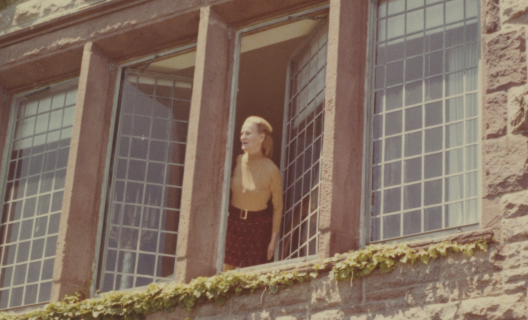
___________________________
In 1958, Doris Duke reopened Rough Point and established a seasonal residence in Newport. She relocated the art collection from her family’s 5th Avenue mansion in New York to Rough Point and continued to fill the house with new pieces of art.
A decade after resettling in Newport, Doris founded the Newport Restoration Foundation (NRF). Since then, NRF has restored more than 100 colonial buildings on Aquidneck Island. Doris’s impulse to preserve Newport’s architectural and cultural heritage helped created the cityscape as it is today. After her death in 1993, she gifted Rough Point to the Newport Restoration Foundation so that the public would be able to enjoy the house, estate, and collection.
The Rough Point Museum
 ___________________________
___________________________
Rough Point Museum opened to public in 2000 as a space to learn about her life and legacy and engage with the causes she cared about and continues to impact many of our lives. While Rough Point pays homage to the tastes of her parents, she made Rough Point her own and the furnishings, collections, and arrangements of the rooms reveal her personality and are a part of her lasting legacy.
After her death in 1993, she gifted Rough Point to the Newport Restoration Foundation so that the public would be able to enjoy the house, estate, and collection. Rough Point Museum opened in 2000 as a space to learn about her life and legacy and engage with the causes she cared about and continues to impact many of our lives.
We are celebrating more than 50 years as an organization. Doris Duke founded the NRF in 1968 in order to preserve colonial buildings that were in danger of being destroyed because of urban projects—and in the process, shaped the way people live in, work in, and visit the city today. We’ve continued Doris’s legacy to address current issues that impact us all today—including environmental sustainability, sharing and preserving intangible cultural heritage, and the impact of economic development through historic preservation.
Today, we share the stories of the residents of Rough Point: the former owners like Doris Duke, the staff who lived in and worked at the estate, and Doris’s beloved pets — including Bactrian camels Princess and Baby.
Step Inside
Go beyond the tour path, explore nooks and crannies, and get closer looks at the architectural features and objects.

